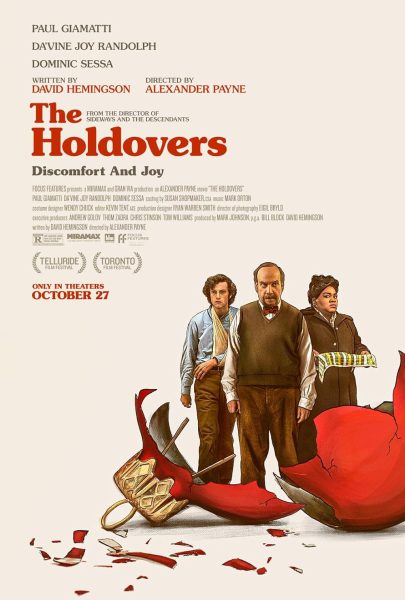US Uses Home Advantage to Win Ryder Cup in Minnesota
October 6, 2016
This weekend, the United States won the Ryder Cup for the first time in eight years at Hazeltine National Golf Course here in Chaska. The Ryder Cup is a biennial team golf event in which the best players of the US and Europe face off in hopes of winning golf’s most prestigious team title.
The format is rather complicated, but in short, there are 28 matches played over three days, each of which is worth one point. If the match is tied, a half-point goes to each team. If a team wins a match, they get a full point. If by the end of the competition the two teams are tied 14-14, the previous winner keeps the cup.
The US started out strong on Friday, winning each of its first four matches. However, they lost three of their next four matches, hurting the momentum that they gained at the start of the day. Things looked even more precarious after the US won only 1.5 out of the 4 points available Saturday morning. After losing their first match that afternoon, the US was tied with Europe. But the US battled back, winning its last three matches Saturday to go ahead, 9 ½ to 6 ½.
While it may appear that the US was in control of the Ryder Cup, it’s not that simple. In 2012, the US was winning 10-6 going into the final day but lost. It was one of the greatest comebacks in the history of the Ryder Cup. With that hanging over their heads, the US went out Sunday and won 7 ½ points out of the 12 possible to win the Ryder Cup 17-11. Ryan Moore´s birdie putt on the final hole secured the first American Ryder Cup victory in 8 years and just their third win in the past eleven times it was held.
One factor that could have contributed to the US victory was the crowd. Nearly all of the fans were cheering for the United States, but if you watched any of it on TV, it was very apparent that many of the fans lacked sportsmanship. Fans cheered when the Europeans hit poor shots, hollered while the Europeans were standing over the ball, and taunted the Europeans relentlessly. While the fans may have actually inspired some of the Europeans to play better golf, I can’t help but imagine that the fans could have played some part in Lee Westwood, a European, missing putts of 5 and 2 feet on the final holes to lose a match. In both cases, the crowd cheered after he missed.
That´s not said to detract from the accomplishments of the Americans. The US played inspired golf in a competition that many people thought they wouldn’t win against a very good European team. The US deserved to win, and the poor behavior of the crowd was just a small factor in this great championship here in Minnesota.












